The story of the world’s most remarkable calculating machine dates back to 1900, when Mediterranean sponge divers were blown off course by a storm, ending up off the coast of the Greek island of Antikythera, which lies between Crete and mainland Greece.
There they found the wreck of a huge 1st Century BC merchant vessel, now thought to be up to 50 meters from bow to stern. Many finds have been made at the site, including luxury glassware, jewellery and statues, wine jars, giant anchors, gold jewellery and a mysterious bronze disc decorated with a bull.
A significant part – though not all – of the hand-powered mechanism was among the wreckage retrieved in 1901 by the National Archaeological Museum in Athens, which still has the fragile remains. The mechanism, then a calcified lump, turned out to be an agglomeration of corroded bronze gearwheels, dials and inscriptions that has puzzled, intrigued and amazed scientists ever since.
Many have speculated about the uses of the mechanical calculator which was constructed long before the birth of Christ. Today the Antikythera mechanism is considered one of the wonders of the ancient world and has challenged all preconceptions about the technological capabilities of the ancient Greeks.
‘It has been clear since it was brought up from the sea that it is unique – there is nothing else like it in the historical record, and it would rewrite the history of technology,’ said Jo Marchant, author of Decoding the Heavens: Solving the Mystery of the World’s First Computer.‘ But it has taken more than a century to figure out exactly what it did and how.’
A MODEL OF THE HEAVENS
Studies conducted since have shown that the mechanism could predict astronomical positions and eclipses decades in advance, incorporating cycles from Babylonian astronomy with the Greek flair for geometry. ‘What we think they wanted to do was to represent in a machine the exact theories that they had developed of how the planets moved,’ said Dr Magdalini Anastasiou of the Aristotle University of Thessaloniki.
Unlike an orrery, a mechanical model of the Solar System, with the Sun at its heart, the ancient Greek model was geocentric, with Earth at its heart (though, remarkably, Aristarchus of Samos (c. 310 – 230 BC) proposed a model that placed the Sun at the centre).
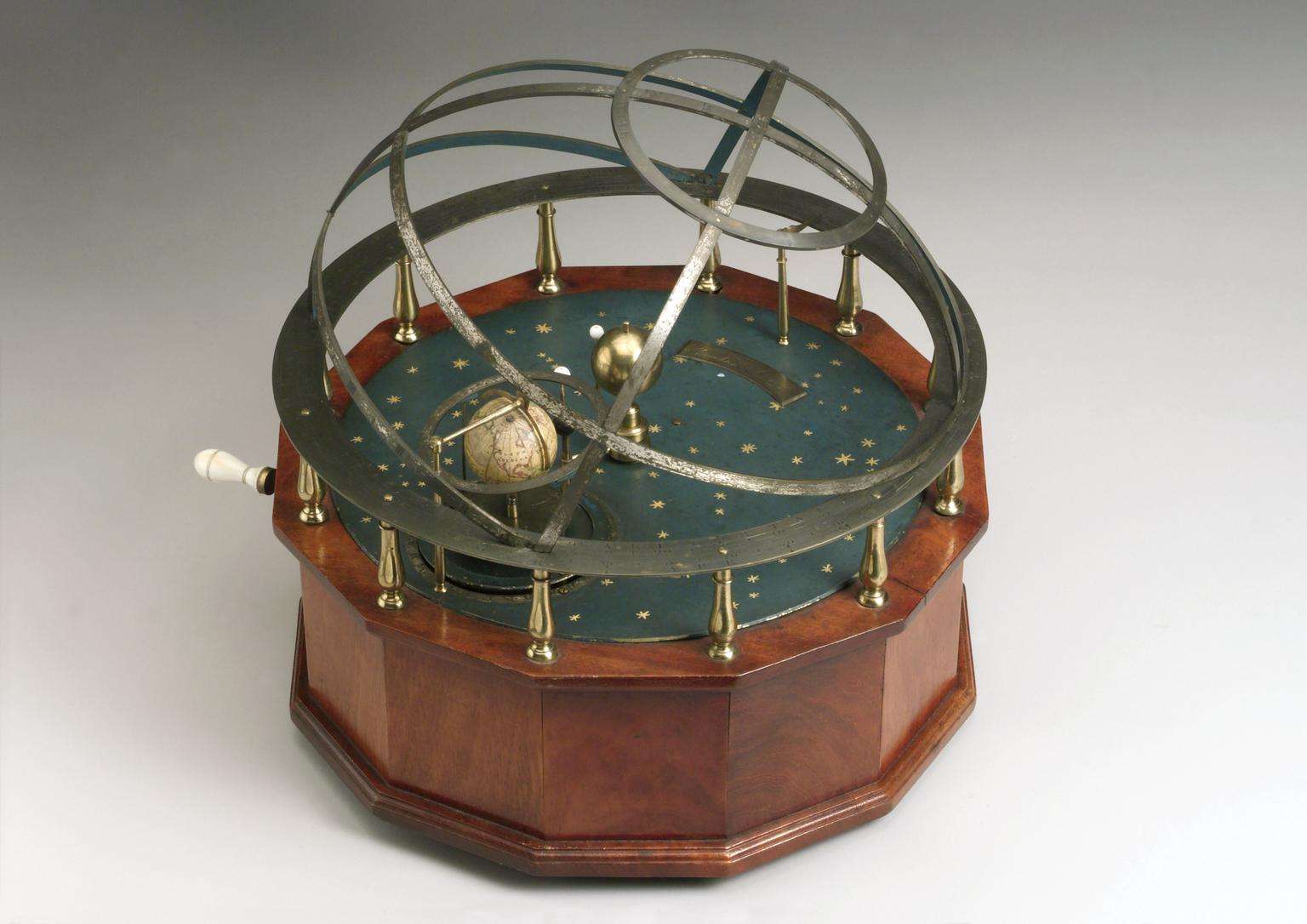
Winding a handle or knob on the side of the mechanism, its gears would turn to show the paths of the Sun, Moon and planets, where one of its pointers represents the Sun, one the Moon and one for each of the five planets visible to the naked eye – Mercury, Venus, Mars, Jupiter and Saturn. ‘All the pointers moved at the same time, it was very complex, said Dr Anastasiou.
A black and silver ball demonstrates the phase of the Moon and inscriptions reveal which stars rise and set on a given date. Two dial systems on the back of the Antikythera mechanism’s case, each with a pin that follow its own spiral groove, also follow the patterns of the heavens. One of these dials is a civil calendar and the other shows the timing of lunar and solar eclipses. A portion of the mechanism is missing, which was thought to calculate the positions of the five classical planets.
A MECHANICAL UNIVERSE
The mechanism provides hard evidence that a revolution in human thought took place in ancient Greece. It is the earliest known example of a machine for making calculations, of a machine for predicting the future, which united the heavens with human affairs, since it was used to track the four-year cycle of ancient Greek games. ‘It gave a holistic model of the universe, as the Greeks saw it, not just the night sky – planets and eclipses and so on – but human society, culture and Earth too, all in this device’ commented Marchant.
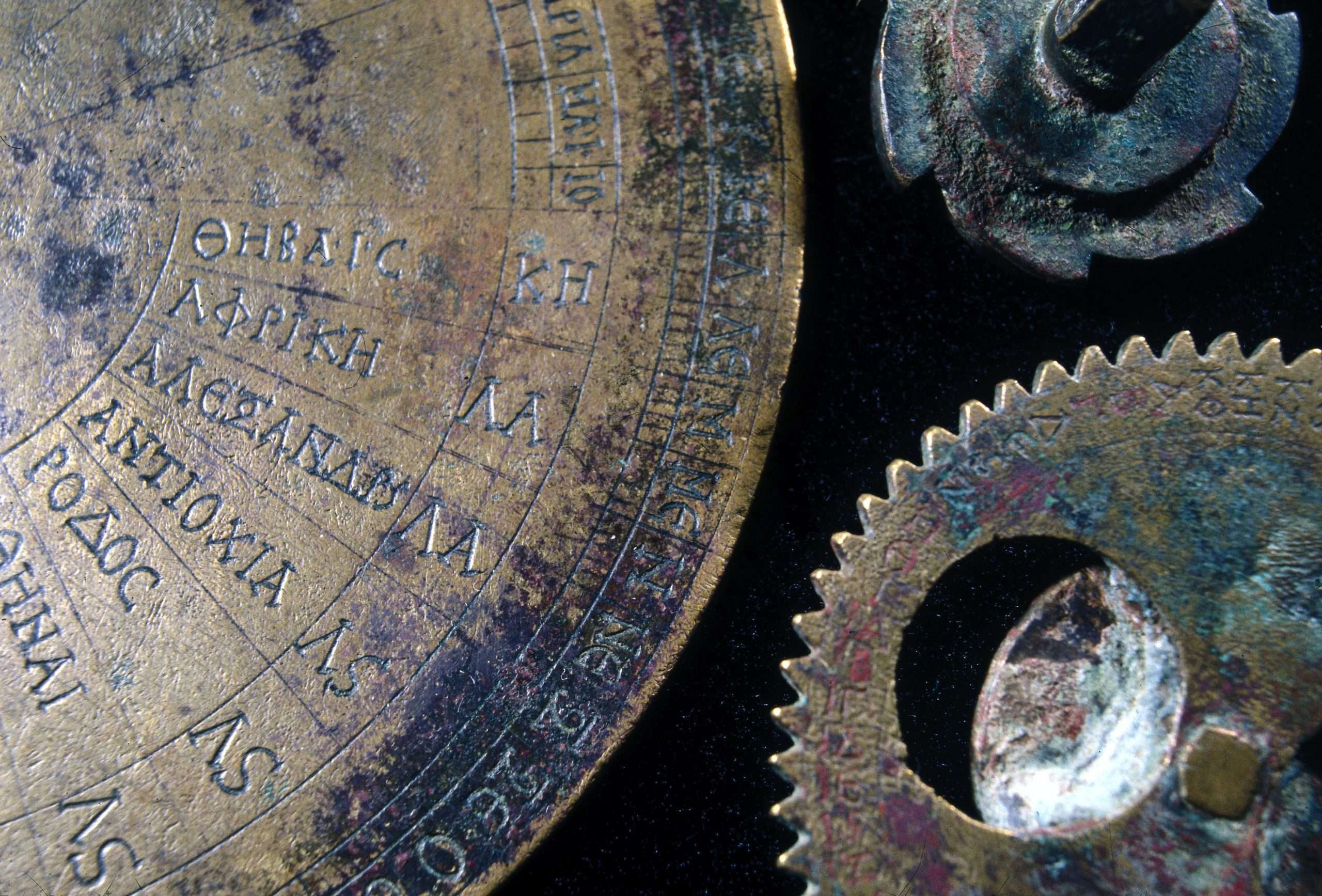
The device mechanized the predictions of ancient Greek scientific theories and it could have automated many of the calculations needed for its own design. All this happened many centuries before the ‘scientific revolution’ when Newtonian mechanics united thinking about the motions of planets with the trajectory of cannonballs on Earth. ‘To me, that is the most interesting implication of the mechanism,’ said Marchant. ‘This predictable and mechanical way of looking at the universe really marks the beginning of the scientific worldview.’
INSIDE THE ANTIKYTHERA MECHANISM
Whilst great progress has been made over the last century to understand how it worked, notably in research and reconstructions by the former curator of mechanical engineering at the Science Museum, Michael Wright, novel insights are emerging all the time.
Studies in 2005 by the multidisciplinary Antikythera Mechanism Research Project Team, published in Nature, used modern computer x-ray tomography and high-resolution surface scanning to peer inside the crust-encased mechanism, revealing the internal workings (30 nowadays surviving gear wheels) and faint inscriptions that once covered the outer casing of the machine.
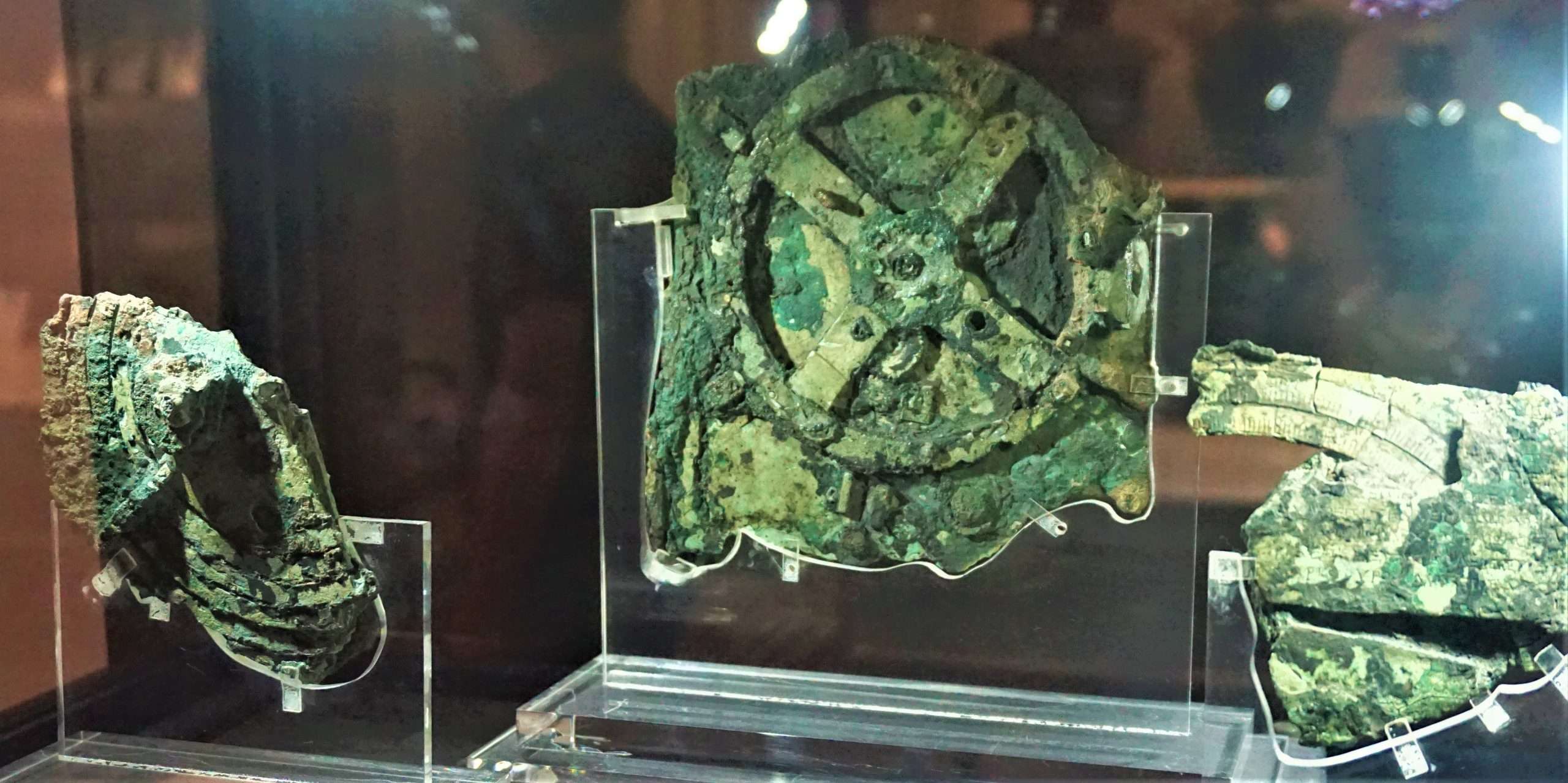
Working with John Steele of Durham University, Alexander Jones of the Institute for the Study of the Ancient World in New York and Yanis Bitsakis of Athens University in Greece, a team, led by Mike Edmunds and Tony Freeth at Cardiff University reported in 2008 on how they could read all the month names on a sophisticated 19-year calendar on the back of the mechanism, which had not been possible until then.
The results were a revelation, revealing its inscriptions are like an ‘Instruction Manual’, telling the user the underlying way the machine worked. ‘It has been described to me as a bit like the captions you would see in a museum exhibition, a commentary for a lay person,’ commented Jo Marchant. The back cover includes a description of the cosmos display, with the planets moving on rings and indicated by marker beads, or perhaps pointers. ‘You got a god’s eye view of the cosmos, a pocket universe if you like,’ said Jo Marchant.
The word ‘NEMEA’ was read by the team near a small subsidiary dial. This was a reference to the site of the Nemean Games, one of the prominent ‘crown’ games, which were part of a four-year cycle that climaxed with the Olympic Games, the most ancient and prestigious of all. Other names were revealed, ‘ISTHMIA’ for the games at Corinth, ‘PYTHIA’ for the games at Delphi and finally the hard-to-read ‘OLYMPIA’ for the Olympics.
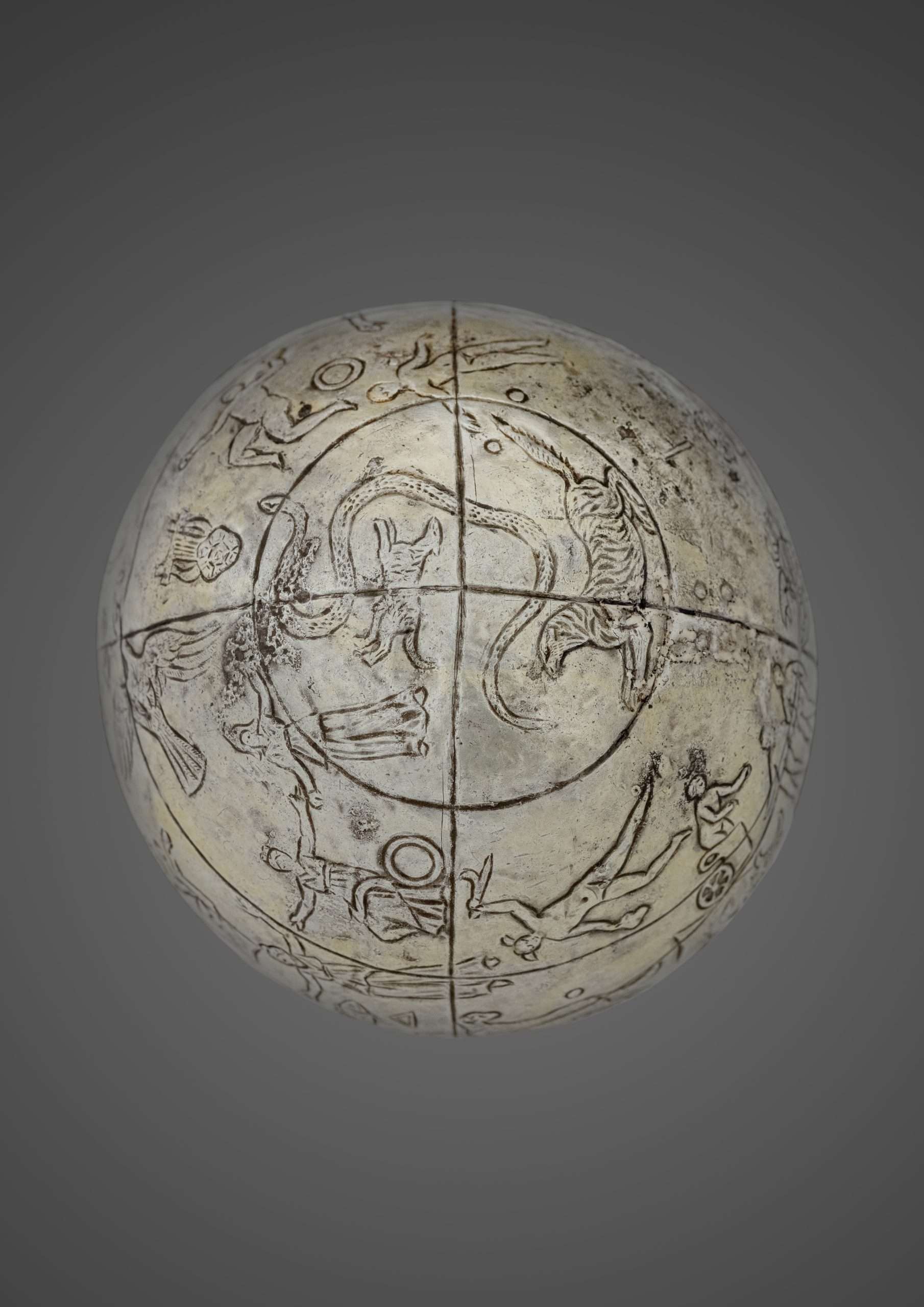
As well as the games, the mechanism also has a star calendar, said Dr Anastasiou. ‘Both of these are practical uses, for the people, rather than connected to theories of the cosmos, which was the main function of the mechanism.’
The team believes this marvel may have been made in Syracuse in Sicily which is significant because it was the home of the Greek mathematician, physicist, engineer, astronomer, and inventor, Archimedes.
But the mechanism itself was almost certainly made many decades after he died in 212 BC. The most we can say is that there is a possible link with a heritage of scientific instruments that might have originated with Archimedes (287 to around 212 BC).
COULD WE FIND MORE?
The Roman orator Cicero (106BC-43BC) mentioned three such mechanical planetariums called “sphere of Archimedes” that demonstrated how the sun, moon, and planets moved with respect to the Earth. ‘We have evidence that these machines existed at the time,’ said Dr Anastasiou. They were the equivalent of a modern supercomputer: ‘They are very complex ancient computers, it is amazing.’
‘We think there were more of these kinds of machines,’ said Dr Anastasiou. Jo Marchant added that it is even possible there may be more such mechanisms lurking the remains of the Antikythera wreck.
More recently, work by the UCL Team, published in Scientific Reports, reveals new details of how celestial cycles were modelled in the Mechanism or, if you like, the Cosmos was constructed.
The study suggested that a similar number of gears – around 30 – was needed for the planets, on the part of the Antikythera mechanism that is missing – though ‘we can’t be 100 per cent, the part of the mechanism we have is full of references to the planets,’ said Dr Anastasiou. ‘Perhaps the missing part is still lying down there somewhere.’
Two critical numbers revealed by X-rays of the front cover, of 462 years and 442 years, accurately represent cycles of Venus and Saturn respectively. Using an ancient Greek mathematical method described by the philosopher Parmenides, the UCL team not only explained how the cycles for Venus and Saturn were derived but also managed to recover the cycles of all the other planets, where the evidence was missing. There is also the suggestion that, rather than showing the position of the planets with pointers, they used jewels moving in concentric rings. ‘If that turns out to be right, that would give the mechanism a very different look,’ said Marchant.
THE OLDEST ANALOGUE COMPUTER
The mechanism could even be considered the oldest surviving example of an analogue computer – a kind of computing that is now seeing a resurgence. In the Science Museum, there are many examples of analogue computers, which carry out calculations by harnessing properties of the real world – whether voltages, distances, volumes of water or the rotation of gears, as in the case of the Antikythera mechanism.
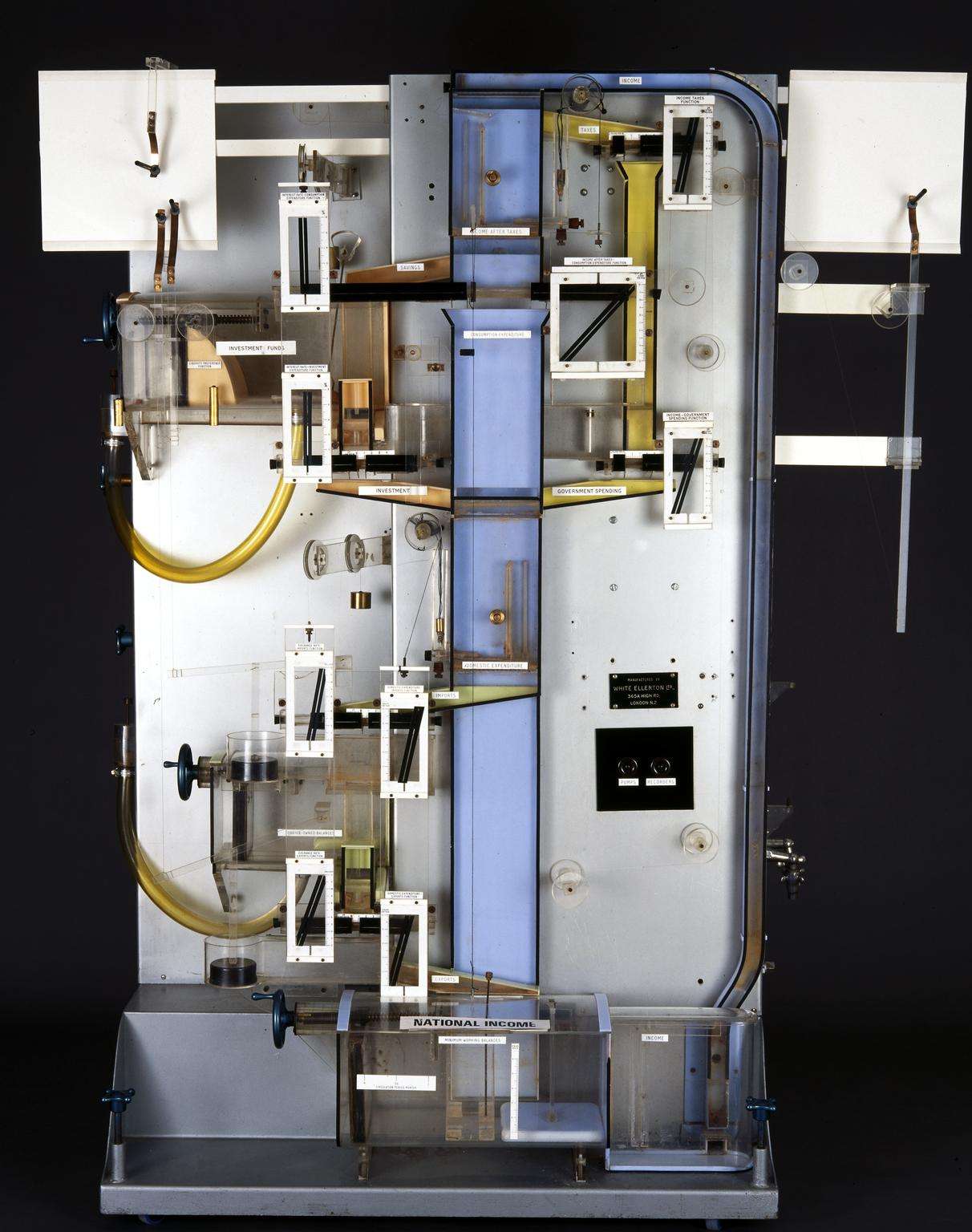
In the mid-twentieth century, digital computers began to be adopted and, by the late 1970s had taken over from analogue. However, digital computing, for all its advantages, rests on manipulating binary numbers and, because these are rounded, there are concerns about the fidelity with which digital can simulate reality. They are also relatively power hungry compared with analogue machines, which is increasingly an issue given concerns about climate change, spurring renewed interest in analogue computing, not of the mechanical kind but which manipulates dancing beams of light.
This was originally posted in support of our exhibition Ancient Greeks: Science and Wisdom that was open from 17 November 2021 – 5 June 2022. This collection displayed intriguing examples of how science is being used to uncover new insights about the Ancient Greek world.
